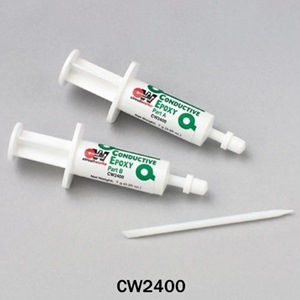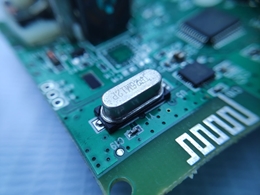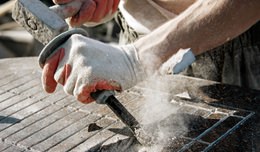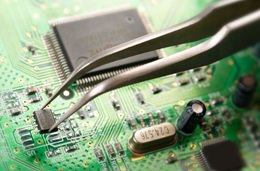CircuitWorks Conductive Epoxy
Epoxy for precision repairs and high-strength conductive bonding
CircuitWorks® Conductive Epoxy is a two part, silver epoxy used in prototype, repair and general conductive bonding applications. It features strong mechanical bonds, excellent electrical conductivity, and quick room temperature curing. CircuitWorks® Conductive Epoxy bonds aggressively to a wide variety of materials.
Features & Benefits
- Conductive silver epoxy provides excellent electrical conductivity
- High strength conductive bond
- Mixed material provides five minute work time, fast cure
- Repairs defective traces and creates jumpers on boards
- Quick solderless electronic connections
Applications
- Repairs traces and temperature sensitive circuits
- Makes high-strength solderless conductive connections
| Shelf Life | CW2400 - 9 months CW2400J - 12 months CW2460 - 12 months |
|---|---|
| Specs | ANSI/IPC J STD-001, IPC-7711 |
| Shipping Name | Adhesives N.O.I |









